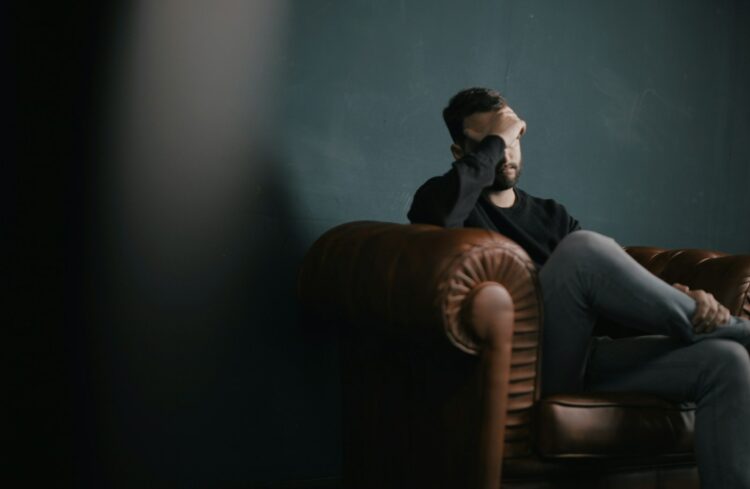
It’s tough in this day and age to think that there are 15 mental disorders that are misunderstood by so many people. But the truth is that plenty of individuals don’t know enough about certain mental issues.
Generalized Anxiety Disorder
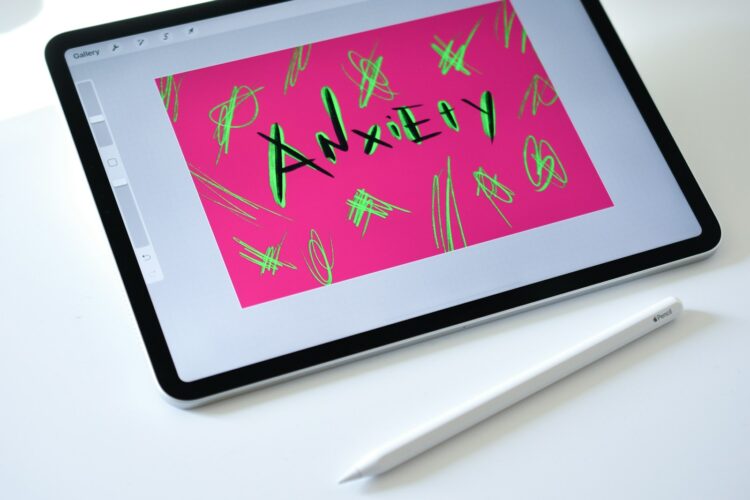
As one of the more common mental disorders, this is defined by chronic worrying and several physical symptoms. One big problem is that this can happen without any identifiable trigger.
Obsessive-Compulsive Disorder
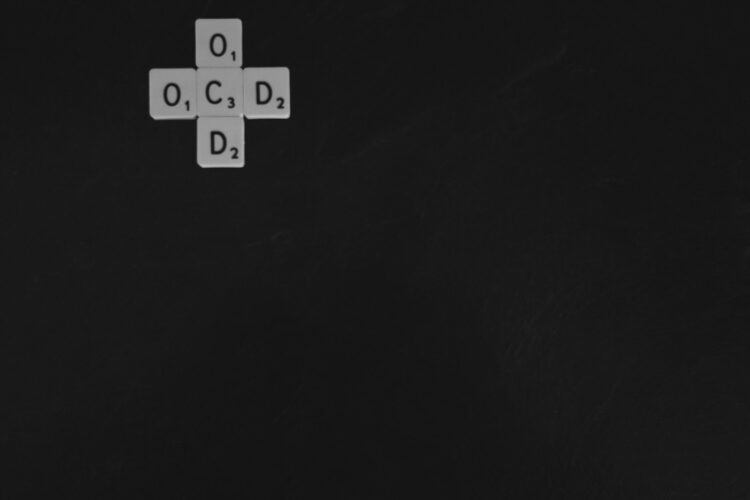
Unfortunately for some people, the attempt to make light of this disorder does offend a few people. Repetitive behaviors used to alleviate stress are one of the common ways to define this condition.
Panic Disorder

This is one of the mental disorders that is far too easy to fake. But in reality, panic attacks can be identified by shortness of breath and heart palpitations.
Social Anxiety Disorder

Large crowds can worsen this condition. When stuck in a crowd or exposed to large numbers of people many individuals will begin to break down, which can include shaking, panic attacks, and a need to find a quiet spot.
Phobias

This word is attached to far too many others to deem a person as ‘phobic’. In truth, the irrational fear and aversion to something is very real, though it is not accurately used in many cases. For instance, homophobic and transphobic are tossed out very easily, while in truth very few people are afraid of such aspects.
Anorexia Nervosa
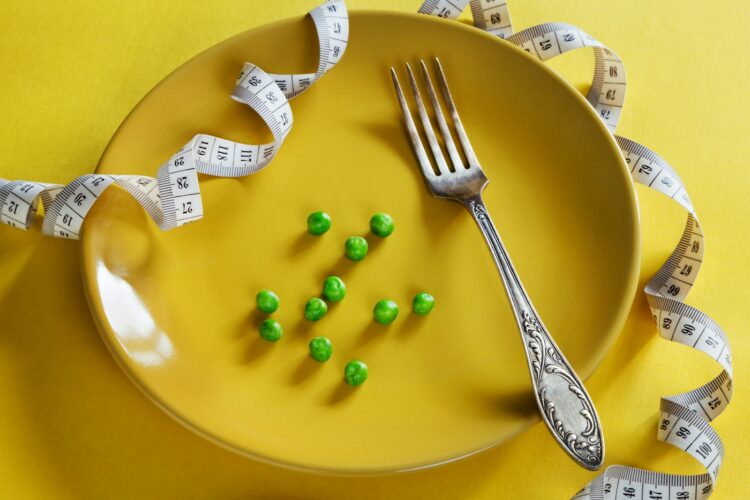
This is the very real fear of gaining weight. Unfortunately, those who suffer from this disorder will starve themselves, which is not healthy.
Bulimia Nervosa

This is often confused with Anorexia, but people will actively eat large quantities of food. They will force themselves to throw up afterward, but they will continue this harmful cycle instead of using starvation.
Binge Eating
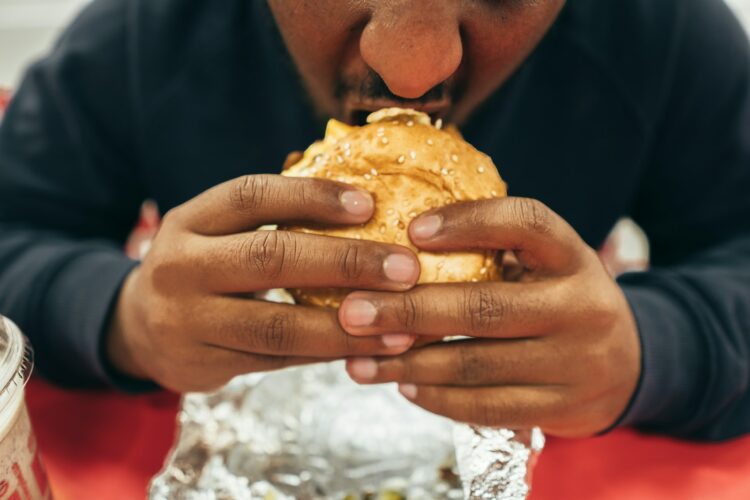
This is another disorder that is mistaken by a lot of people. Unlike those with Bulimia, those who consume mass quantities of food do not purge, though they do feel great shame and a lack of control.
Avoidant Restrictive Food Intake

This disorder is even more specialized as it involves the avoidance of eating certain types of food. Unfortunately, this can lead to serious nutrition deficiencies.
Pica

A lot of people don’t fully understand this disorder. It involves eating materials that are not classified as foods, such as metal coins, pebbles, or other materials.
Rumination
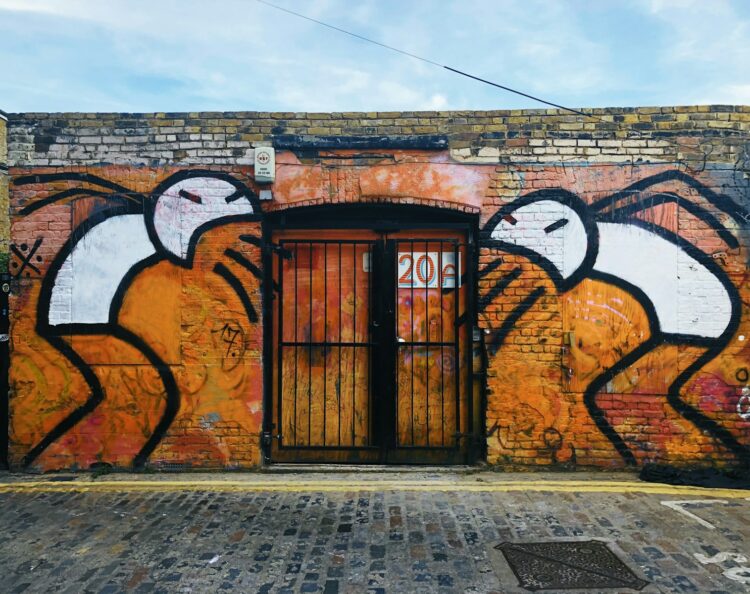
This is a big disgusting honestly. But it involves regurgitating food without meaning to and then consuming it again.
Other Eating Disorders
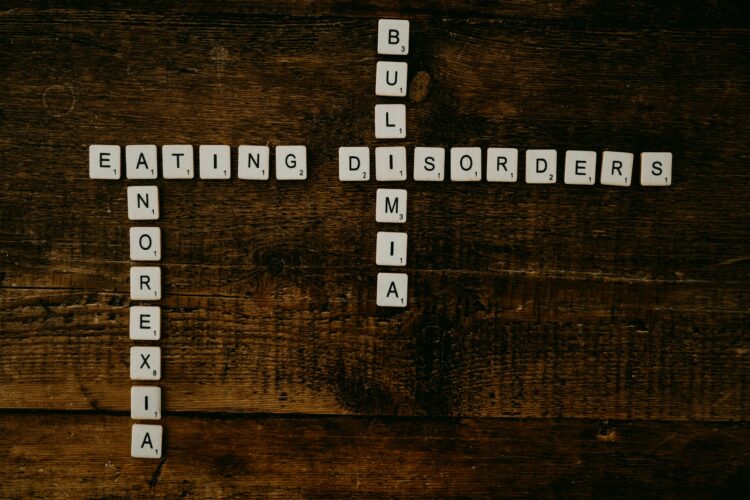
Various other eating disorders involve the distress and impairment of one’s ability to function properly. Many of them involve shame, feelings of guilt, and the serious lack of nutrition that is caused by the behavior.
Major Depressive Disorder
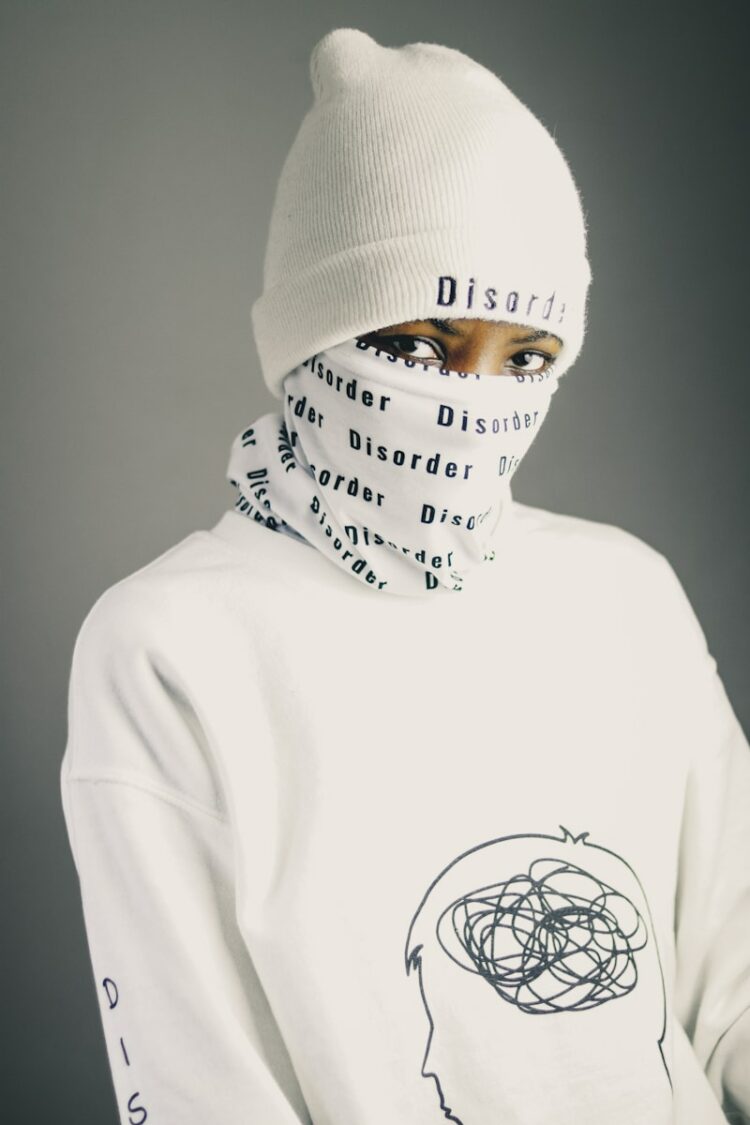
This comes with feelings of utter hopelessness that cause one to lose interest in what are deemed normal activities. The physical aspects of this disorder become easier to see the longer the disorder persists.
Persistent Depressive Disorder
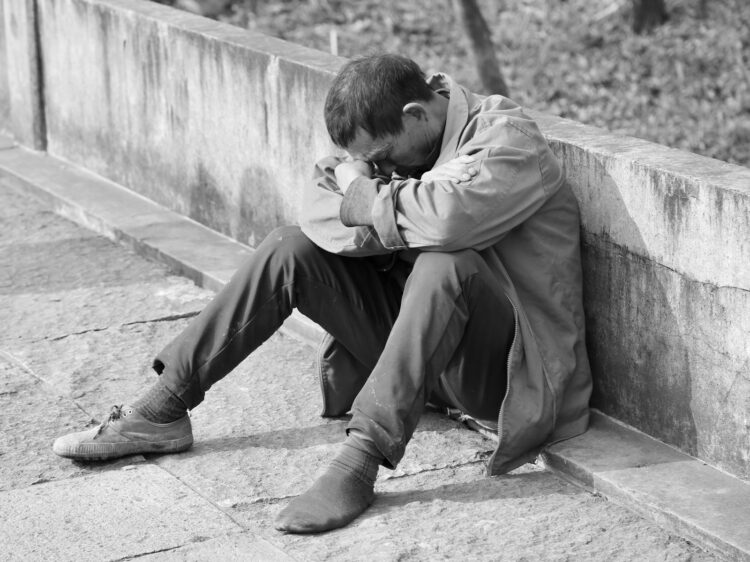
Also known as dysthymia, this is often diagnosed when symptoms of depression last two years or longer. At that point, depression becomes a major part of one’s life and often requires therapy and further treatment.
Bipolar Disorder

This is often misunderstood by many people. But the highs and lows that come with this disorder are highly disruptive.

Comments
Loading…